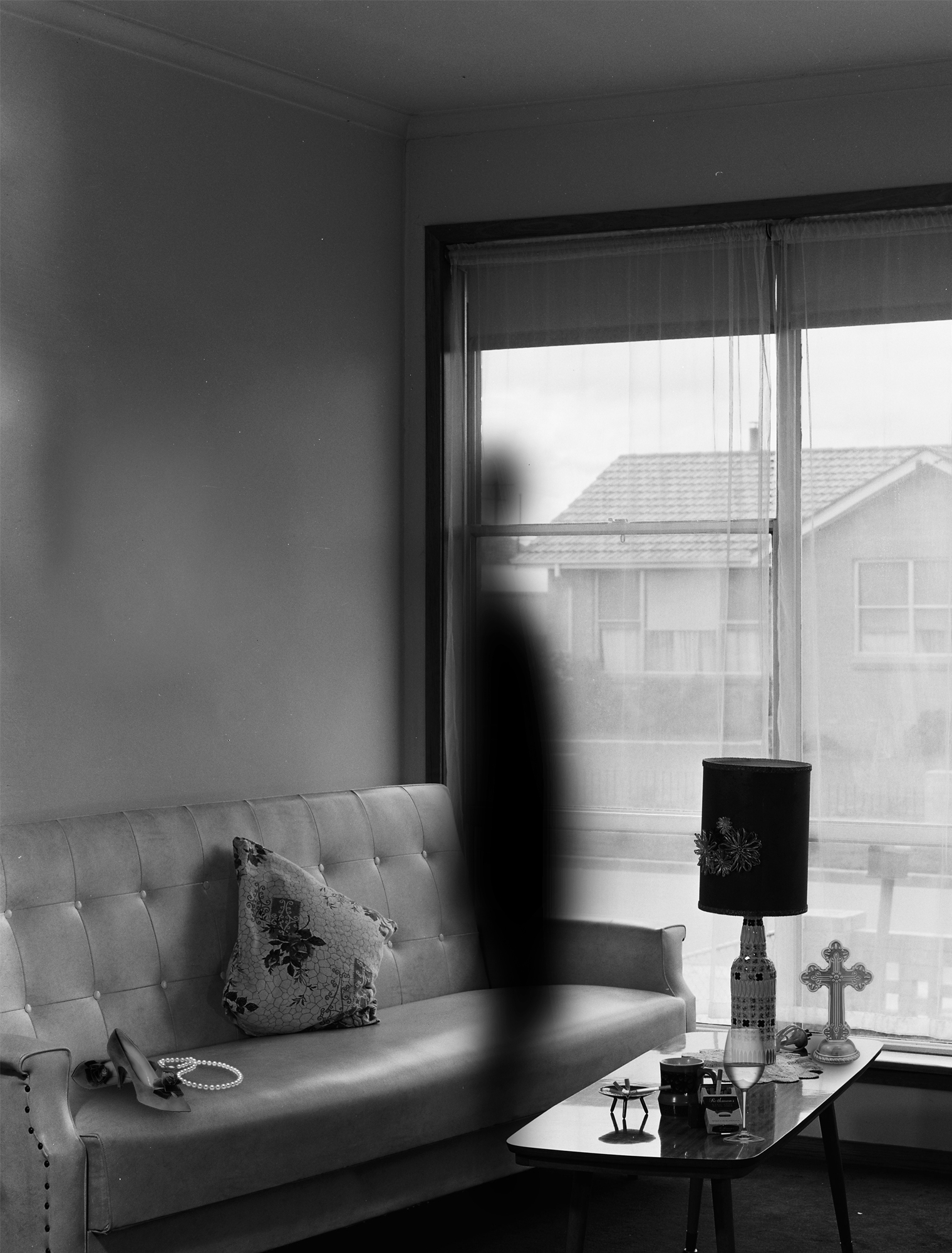Learning Experience 5
The trees have no tongues, 2019
Untitled (Flight) (The trees have no tongues), 90 × 68 cm, inkjet on cotton rag, 2019
‘The heaviness of their spirits scarred the places they touched, leaving behind remnants of their stories of bare survival embedded within trauma.’
– Hayley Millar Baker, artist statement
Do you know of any inter-generational stories within your family’s history that have been silenced? What words or memories remain unspoken or unshared? Be sure to support yourself emotionally while you consider this provocation. You may wish to take a walk, listen to music, draw or write while you consider these questions.
The trees have no tongues is a literary reference to The Lorax, a 1971 children’s book written by Dr. Seuss. Some stories or histories are too deep or traumatic to describe in your own words. Literature, art and music can create a third space in which to consider these memories. Using any combination of media, create a collection of references that allude to what is unspeakable in your personal or familial history. You may wish to use still or moving images, quotes, or newspaper or magazine clippings for this exercise. Depending on the personalised or private nature of your history, make a conscious decision if you would like to retain the collection as a representation of this action or dismantle it, leaving only a memory behind.
Millar Baker’s 2019 series The trees have no tongues speaks of the First Nations cultural practices that were dismantled by colonisation and the subsequent trauma that ensued. In particular, it voices the unspeakable experiences of First Nations women who were silenced.
For Millar Baker, the introduction of Christianity marks the beginning of a dark period of history that led to her family’s detachment from their cultural identity. Millar Bakers’ grandmother Georgina was born on the Lake Condah Aboriginal Mission Station, where her parents had both moved as teenagers when it first opened. The Mission was a religious institution with an underlying intention to control and assimilate Aboriginal people into Western perceptions of civilisation. When Georgina was fourteen, the Mission forced her into a life of domesticity and servitude in Melbourne, miles away from Country and family. Georgina later gave birth to a daughter, May, who at a young age observed her mother being rejected from both the Aboriginal Mission Station and the broader white Australian community.
How can you use your area of study, research, knowledge or expertise to give a voice to those who cannot speak, and hold space for those who were never offered it – both in the past, present and future?
